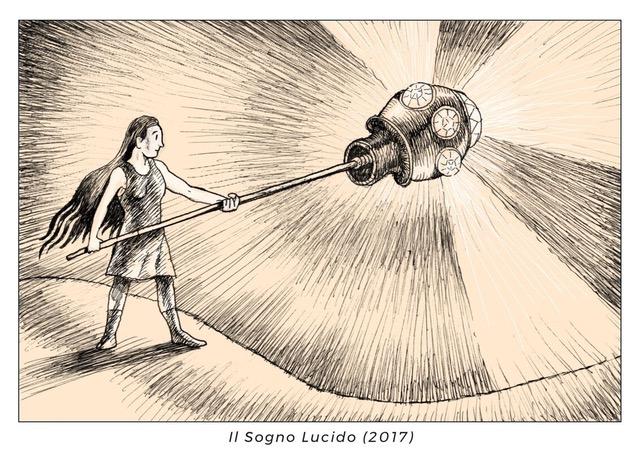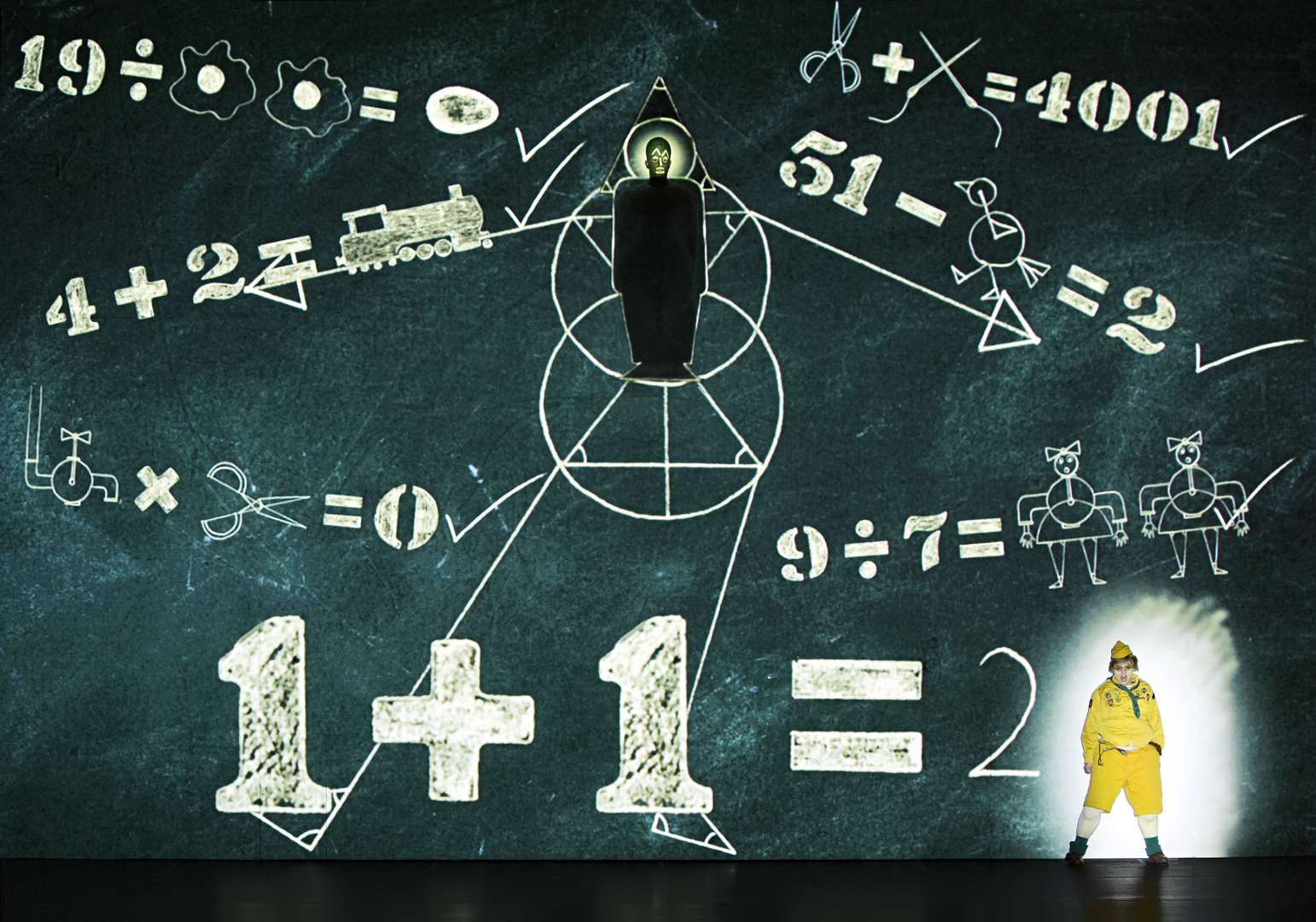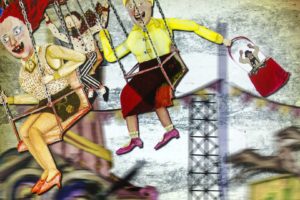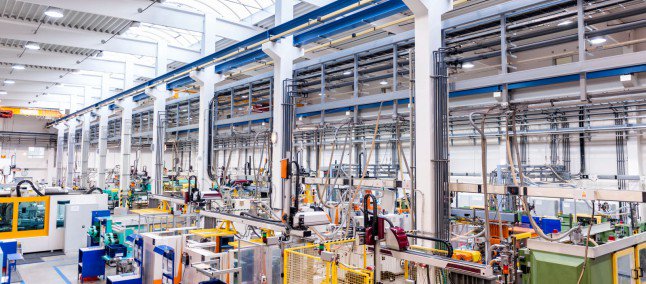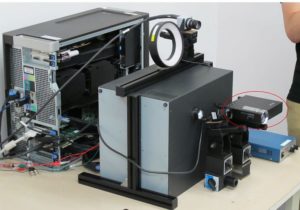Il videomapping ha destato molta curiosità e attenzione negli ultimi anni specie nella sua applicazione al teatro, ma il limite maggiore era tipicamente la necessità di avere un oggetto statico su cui proiettare immagini anche spettacolari, 3D, ma di fatto in un ambiente non in movimento, cioè su oggetti non dinamici. Il problema riguardava il ritardo tra il tracciamento e la proiezione Il ritardo determinava un disallineamento significativo nel caso di oggetti dinamici, non tollerabile.
Per risolvere queste problematiche un settore di ricerca del Watanabe Lab di Tokyio ha introdotto una soluzione nel 2015, inventando il sistema Lumipen (URL: https: //www.youtube.com/watch? V = ZuSUH …) che risolve l’incoerenza geometrica temporale causata dal ritardo durante l’utilizzo di oggetti dinamici.
https: //www.youtube.com/watch? V = ZuSUH
LUMIPEN : È costituito da un proiettore e da un controllore ad asse ottico ad alta velocità con visione ad alta velocità e specchi, denominato Saccade Mirror (tecnologia Auto Pan-Tilt 1ms, URL: https://www.youtube.com/watch?v=9Q_lc. ..). Lumipen può fornire immagini proiettate che vengono fissate su oggetti dinamici come palle da rimbalzo. Tuttavia, la robustezza del tracciamento è sensibile alla proiezione simultanea dell’oggetto, così come all’illuminazione ambientale.
Al fine di ottenere robuste mappe dinamiche di proiezione, introduciamo uno sfondo retroriflettente al sistema Lumipen (Lumipen 2, URL: http: //www.k2.t.u-tokyo.ac.jp/mvf/Lum …). Di conseguenza, l’oggetto apparirà più scuro dello sfondo durante la proiezione, che viene osservato utilizzando una telecamera ad alta velocità. Il monitoraggio sarà pertanto robusto per i cambiamenti del contenuto della proiezione, ad esempio i film e le modifiche dell’illuminazione ambientale nelle vicinanze dell’oggetto associato al suo movimento. La tecnica di tracciamento consente la mappatura dinamica di proiezione con un contenuto parzialmente ben illuminato e una coerenza geometrica. Questo si apre per nuove applicazioni di Mappatura di Proiezione, come la visualizzazione di una palla sferzata come pallone da fuoco.
L’era del’high speed Real-Time Tracking and Projection Mapping” è infine arrivata. Alta risoluzione dell’immagine (1920 x 1080), proiezioni in tempo reale ad alta luminosità su oggetti mappati in movimento rapido o su performer in scena
Ecco un esempio con proiettore Panasonic https://www.youtube.com/watch?v=XkXrLZmnQ_M
Sono davvero impressionata dai risultati recentemente ottenuti del Watanabe lab di Tokyo
Di chiama Dynamic Projection mapping la nuova frontiera del videomapping. Il problema del movimento anche rapido dell’oggetto e del performer viene risolto tramite sensori e proiezioni ad altissima velocità. Il proiettore ha una scala di colori 8 BIT (256 livelli) e una risoluzione di 1,024 x 768. Unito a una telecamera con una frequenza di 1,000 fotogrammi al secondo, è capace di fare una proiezione in mapping su oggetti ad alto movimento.
DYnaFlash cambierà tutto l’universo del videomapping?
Osserviamo il mapping su superficie rotante ad alta velocità
IN questo caso vediamo l’applicazione con proiezione su superfici non rigide


